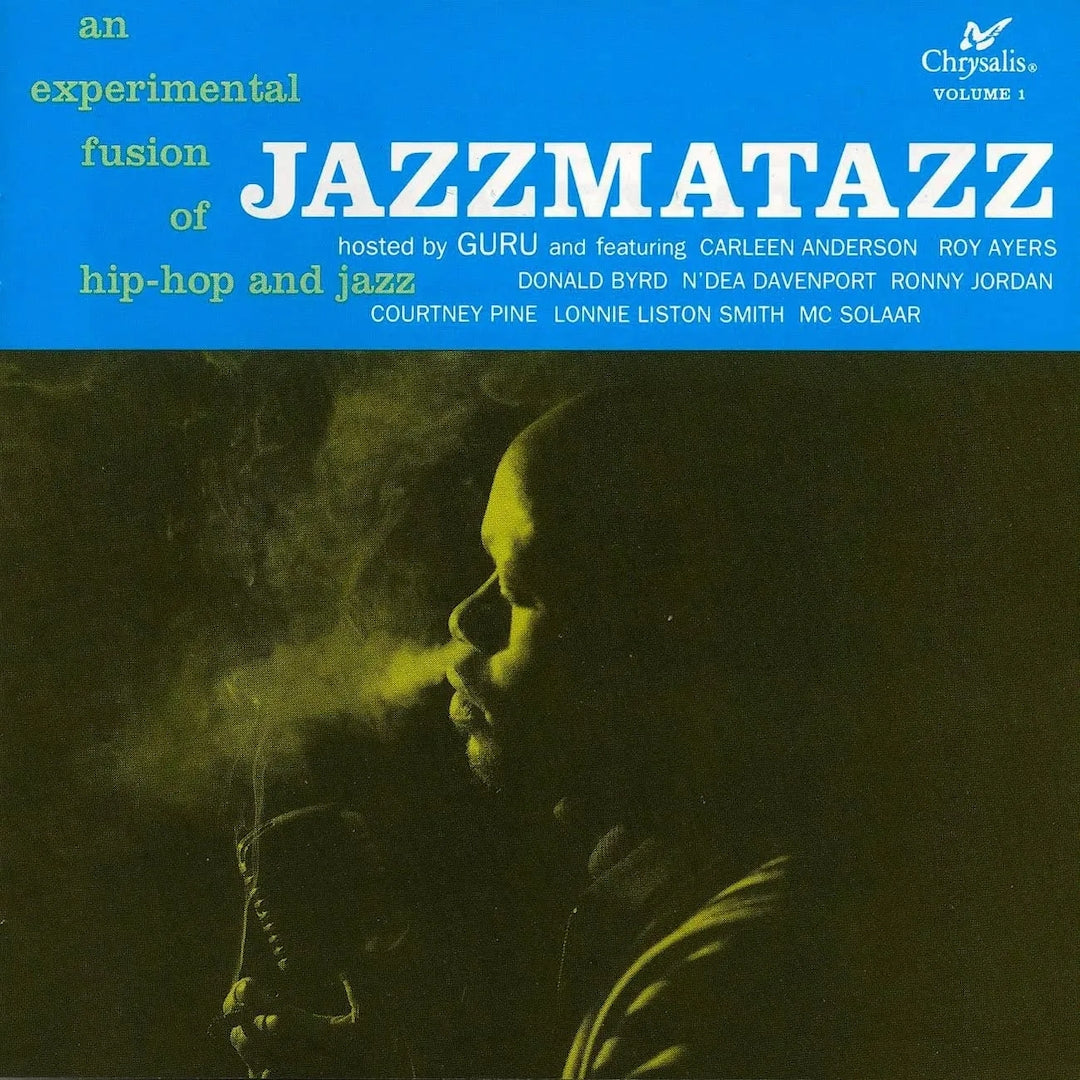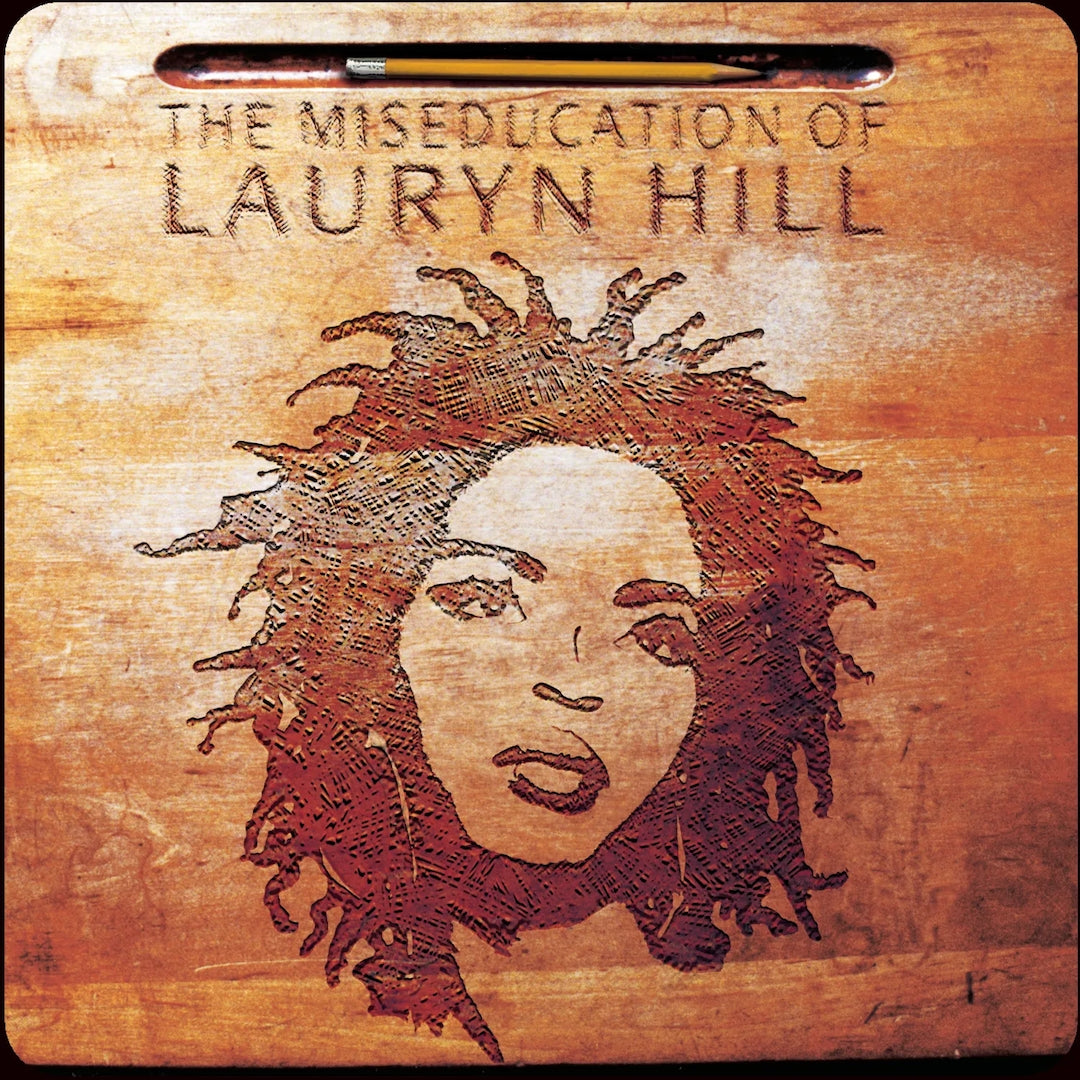John Coltrane was born on September 23, 1926, in North Carolina. Early on, he showed a restless musical curiosity, dabbling in clarinet and alto horn before settling on the saxophone, inspired by the phrasing of Lester Young and Johnny Hodges. The death of several close family members in 1938 cast a long shadow over his youth, an emotional undercurrent that would surface in his music years later. In 1943, his family moved to Philadelphia, where Coltrane balanced factory work at a sugar refinery with a deepening devotion to music. He received his first alto sax on his 17th birthday and soon enrolled at the Ornstein School of Music, beginning his professional journey.

In 1945, to avoid the draft, he enlisted in the U.S. Navy, the day Hiroshima was bombed. Despite official policies, Coltrane joined the all-white Navy swing band and cut his first recordings in 1946. Upon discharge, he pursued rigorous study with Dennis Sandole, transitioned to tenor sax, and began touring with with Eddie Vinson.
Throughout the late ’40s and early ’50s, Coltrane sharpened his chops with King Kolax, Jimmy Heath, Dizzy Gillespie, and Johnny Hodges. His practice was obsessive, bordering on ritualistic, reports tell of him rehearsing single notes for hours or falling asleep with his horn in hand.
In 1955, Coltrane entered the spotlight with Miles Davis’s “first great quintet” alongside Red Garland, Paul Chambers, and Philly Joe Jones. Together, they underwent landmark sessions, Cookin’, Relaxin’, Workin’, and Steamin’, but Coltrane’s escalating heroin addiction forced Davis to let him go in 1957. That same year marked a turning point: a spiritual awakening prompted Coltrane to quit drugs and briefly join Thelonious Monk’s quartet, immortalised in Thelonious Monk Quartet with John Coltrane at Carnegie Hall.

Also in ’57, Coltrane recorded Blue Train, his first album as leader. This release marked a hard bop milestone; it unveiled his growing compositional voice and raw intensity, signalling a new force in jazz.
Returning to Davis late that year, Coltrane was integral to Milestones and Kind of Blue, his dense, cascading improvisations inspired critic Ira Gitler’s phrase ‘sheets of sound.’ By 1960, Coltrane had left Davis and released Giant Steps, a harmonic breakthrough featuring the now-iconic ‘Coltrane changes’, a relentless, dizzying chord progression that rewrote jazz theory.

That year, he formed his own group with McCoy Tyner on piano, Jimmy Garrison on bass, and Elvin Jones on drums. Their 1961 My Favourite Things introduced Coltrane’s soprano sax voice and propelled him beyond the jazz niche into broader cultural resonance.
Signing with Impulse! in 1961, Coltrane’s music pushed into uncharted territories. Village Vanguard residencies, collaborations with Eric Dolphy, and albums like Olé Coltrane and Africa/Brass hinted at free jazz and global influences. Some critics dismissed this phase as ‘anti-jazz’, but Coltrane was driven by a relentless quest for spiritual and sonic transcendence, fusing Indian ragas, avant-garde experimentation, and deep religiosity.
Facing backlash, he recorded more accessible works like Ballads, Duke Ellington, and John Coltrane, though his live performances remained exploratory and intense. In 1964, he composed A Love Supreme, a towering spiritual suite that distilled his journey into a transcendent, four-part hymn, now a canonical masterpiece.
Influenced by Albert Ayler, Ornette Coleman, and Sun Ra, Coltrane’s late period grew increasingly abstract and cathartic. Ascension (1965), featuring Pharoah Sanders and multiple rhythm sections, embraced collective improvisation and raw emotional power. This shift fractured the Classic Quartet, with Tyner and Jones departing.
Coltrane reassembled with Sanders, Rashied Ali, his wife Alice Coltrane on piano, and Garrison, delving further into cosmic and spiritual realms. Their extended live recordings, including Live in Japan and Interstellar Space, showcased a fearless, boundary-pushing vision.

In his final months, Coltrane recorded the deeply introspective Expression and Stellar Regions. He died of liver cancer on July 17, 1967, at 40. His funeral united figures like Ayler and Coleman, underscoring his profound impact. Though questions linger over how past drug use may have affected his health, his legacy is undeniable.
John Coltrane’s influence defies easy categorisation. From bebop’s fire to free jazz’s vast expanses, his relentless innovation and spiritual fervour expanded the language of improvisation. In just two decades, he transformed the saxophone from a band instrument into a vessel of transcendence, leaving a sound that continues to challenge, comfort, and inspire.






